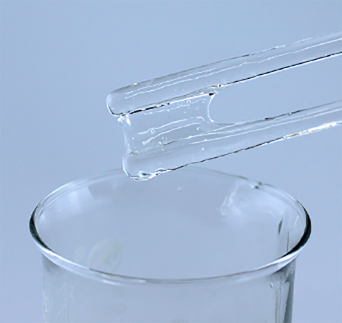
Лис . 16, 2024 23:37 Back to list
HPMC Gel Preparation Techniques and Considerations for Optimal Results
Preparation of HPMC Gel A Comprehensive Guide
Hydroxypropyl Methylcellulose (HPMC) is a versatile cellulose derivative widely used in pharmaceuticals, cosmetics, and food products. One of its principal applications is in gel formation, making it an essential component in the development of various formulations. This article aims to provide a step-by-step guide on preparing HPMC gel, highlighting key considerations and techniques to ensure optimal results.
Materials Required
To prepare HPMC gel, you will need
1. HPMC Powder Select a suitable grade based on the desired viscosity and application. 2. Distilled Water Ensures purity and minimizes contamination. 3. Glycerin or Other Plasticizers Optional but can enhance the gel's texture and stability. 4. Preservatives If necessary, to prolong shelf life. 5. Mixing Equipment A magnetic stirrer or a high-shear mixer for uniform blending.
Step-by-Step Preparation
1. Determine Concentration The concentration of HPMC in the gel typically ranges from 0.5% to 3%, depending on the intended use. Higher concentrations will result in a thicker gel.
2. Weigh the Ingredients Accurately weigh the required amount of HPMC powder and distilled water. For example, for a 1% gel, dissolve 1 g of HPMC in 100 ml of distilled water.
hpmc gel preparation

3. Hydration Process Slowly sprinkle the HPMC powder onto the surface of the water to prevent clumping. Allow it to hydrate for approximately 30 minutes. During this period, the HPMC will swell and begin to dissolve.
4. Mixing After hydration, use a stirring device to mix the solution thoroughly. A magnetic stirrer can help achieve a uniform consistency. If using a high-shear mixer, ensure the speed is appropriate to prevent excessive aeration.
5. Adjust Viscosity If a plasticizer like glycerin is added, include it at this stage. Glycerin not only improves the gel’s flexibility but also enhances its moisture retention. Stir gently until fully incorporated.
6. pH Adjustment Depending on the application, it may be necessary to adjust the pH of the gel. This can be done using citric acid or sodium hydroxide, depending on whether you need to lower or raise the pH.
7. Add Preservatives If your gel will be stored for an extended period, consider adding preservatives to prevent microbial growth. Follow the manufacturer's guidelines for appropriate concentrations.
8. Final Mixing and Storage After all components are incorporated, perform a final stir to ensure homogeneity. Transfer the gel into appropriate containers, preferably sterilized, to minimize contamination.
Conclusion
The preparation of HPMC gel is a straightforward process that requires careful attention to detail to achieve the desired consistency and stability. By following the outlined steps and utilizing high-quality materials, you can create a versatile gel suitable for a wide range of applications. Remember to conduct stability tests on the final product to ensure its efficacy and safety for consumption or application. With the right approach, HPMC can be an invaluable ingredient in your formulation toolkit.
-
What Is HPMC: Meaning,Applications
NewsApr.02,2025
-
Redispersible Polymer Powder (Rdp): Uses, Price, And Suppliers
NewsApr.02,2025
-
Hydroxyethyl Cellulose (Hec): Uses, Suppliers, And Buying Guide
NewsApr.02,2025
-
Hpmc (Hydroxypropyl Methylcellulose): Applications, Suppliers, And Buying Guide
NewsApr.02,2025
-
Guide to Mortar Bonding Agent
NewsApr.02,2025
-
Buying Guide to Redispersible Powder
NewsApr.02,2025







